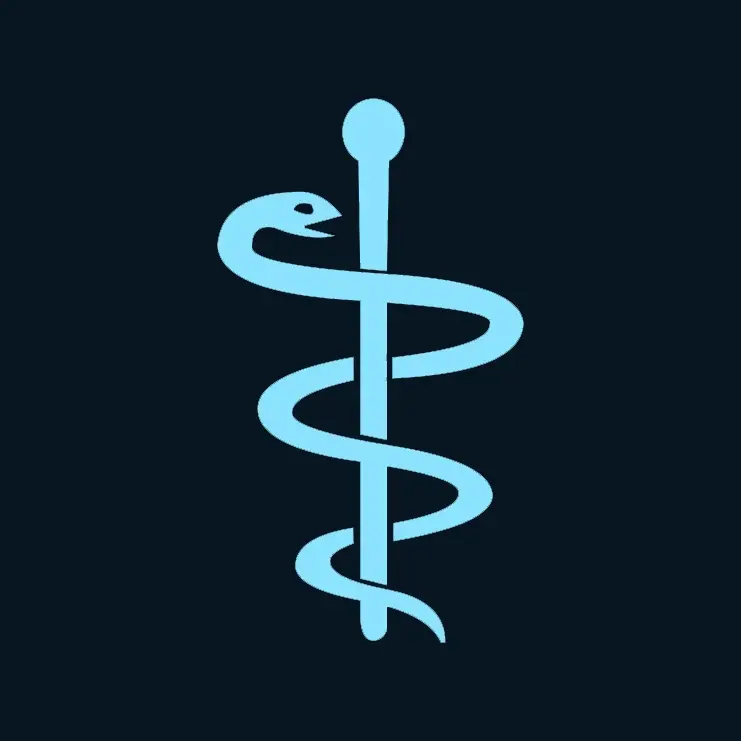This is the best summary I could come up with:
It does so with a never-before-seen method, cracking open an entirely new class of drugs that could yield more desperately needed new therapies for fighting drug-resistant infections.
The findings appeared this week in a pair of papers published in Nature, which lay out the extensive drug development work conducted by researchers at Harvard University and the Swiss-based pharmaceutical company Roche.
This category—which includes gut pathogens such as E. coli, Salmonella, Shigella, and the bacteria that cause chlamydia, the bubonic plague, gonorrhea, whooping cough, cholera, and typhoid, to name a few—is extraordinarily challenging to kill because it’s defined by having a complex membrane structure that blocks most drugs, and it’s good at accumulating other drug-resistance strategies
Though it may sound obscure, it’s an opportunistic, invasive bacteria that often strikes hospitalized and critically ill patients, causing deadly infections worldwide.
An international team of researchers, led by Michael Lobritz and Kenneth Bradley at Roche, first identified a precursor of zosurabalpin through an unusual screen.
But in this case, researchers searched through a collection of 45,000 bigger, heavier compounds, called tethered macrocyclic peptides (MCPs), which have weights around 800 daltons.
The original article contains 581 words, the summary contains 186 words. Saved 68%. I’m a bot and I’m open source!


